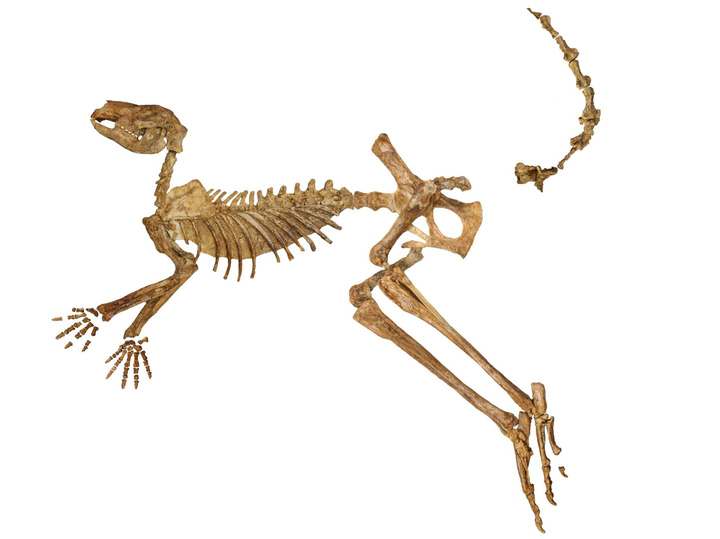Giant kangaroo fossils discovered: prehistoric marsupials weighed up to 170 kg
[ad_1]
Giant kangaroo fossils have been discovered by scientists who have identified three new species of extinct megafauna. Protemnodon viator is believed to have weighed up to 170 kg, which is twice the size of the largest living species.
Super-sized marsupials have lived on the Australian continent for thousands of years, writes The Guardian. But until now, the idea of giant kangaroos – or protemnodons – has been limited to isolated bones and hard-to-distinguish species.
Scientists have now identified three new species of extinct giant kangaroos – Protemnodon viator, Protemnodon mamkurra and Protemnodon dawsonae – which lived between 5 and 40,000 years ago.
According to scientists, Protemnodon viator weighed up to 170 kg – twice as much as the heaviest modern male kangaroos.
It was previously thought that most protemnodons walked on all four legs, but researchers now say this only applies to three or four species. Others moved, in their opinion, “sometimes jumping on four legs, and sometimes on two.”
Isaac Kerr, the paper’s lead author, said classifying the species would allow future research into how giant kangaroos evolved and responded to environmental changes.
Researchers from Flinders University photographed and 3D scanned 900 exhibits in 14 major museums in Australia, the UK, the US and Papua New Guinea.

The scientists found significant differences between the species, such as different methods of jumping movement, which Kerr, then a graduate student at Flinders University, described as “very unusual.”
These differences could be due to adaptation to vastly different environments, from the arid conditions of Central Australia to the forested mountains of Tasmania and Papua New Guinea.
Kerr said while kangaroos are Australia’s national animal, they are “as much New Guinean as Australians.”
“There are groups of kangaroos in New Guinea today that we don’t even have… they have three species of giant echidnas that eat worms,” he said.
There is no clear explanation why giant kangaroos went extinct while their close relatives such as the gray kangaroo and wallaroo did not, but Kerr suspects rapid environmental changes caused by human activity may have been to blame.
Gilbert Price, a paleontologist who was not involved in the study, said the research strengthened Australia’s fragmented fossil record.
“We don’t have the massive fossil record that we have overseas… we won’t see frozen kangaroos or wombats,” he said.
“People often think that we have a rather strange modern ecosystem in Australia… but our animals are relatively unbizarre compared to what we had in the past.”
[ad_2]
Source link








